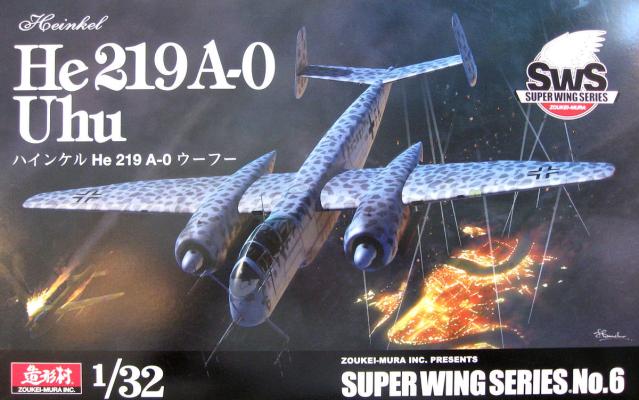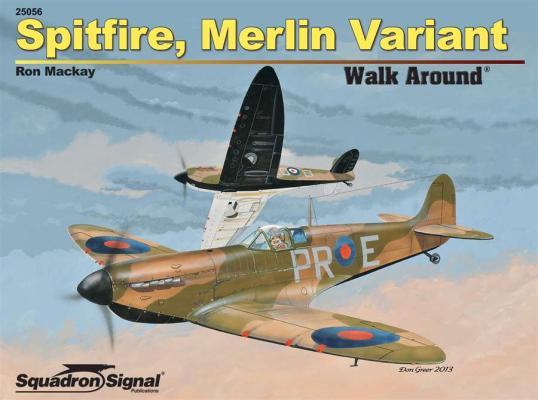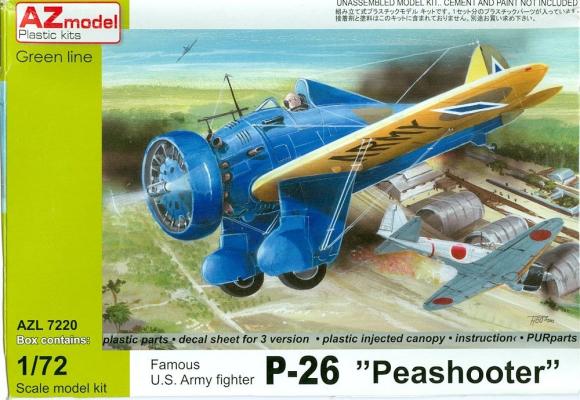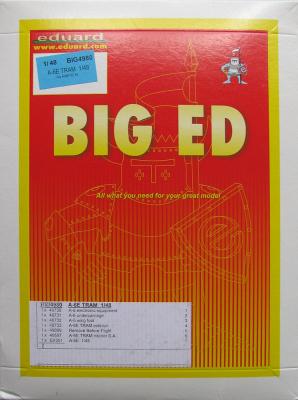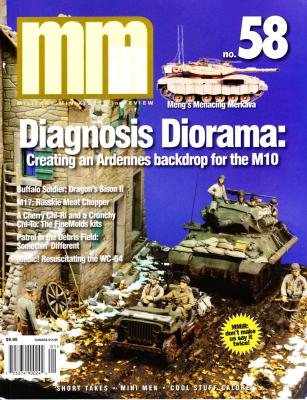Again, many thanks to Mr. Hideyuki Shigeta for honoring me with the privilege of building the Super Wing Series He 219 Uhu (Eagle Owl) model kit for public review as an IPMS Reviewer Corps representative. I am deeply appreciative of the trust and confidence shown in me by both Mr. Shigeta and the IPMS Reviewer staff. I am delighted to report on the next stage of construction: the fuselage.
Welcome to the IPMS/USA Reviews site!
Introduction: The primary organization of the IPMS/USA Review website is by IPMS/USA National Contest Class. Within each Class there are sub-menus by kits, decals, books, etc. The Miscellaneous Class is for items that are not class specific or that cross two or more classes.
IPMS/USA Members: We encourage you to submit reviews, both here and to the Journal. To volunteer for membership in the IPMS/USA "Reviewers Corps" and submit your own reviews, please read the Guidelines For Submitting Product Reviews.
Manufacturers, publishers, and other industry members: IPMS/USA is pleased to offer your company the opportunity for product reviews. All product reviews are performed by IPMS/USA members, and are posted in the publicly-accessible section of our website. With very few exceptions, we perform full build reviews of new kit releases, aftermarket products, and supplies. If you would care to provide product samples for review, please contact John Noack, IPMS/USA 1st VP.
To learn more about IPMS/USA, please see our About Us page.
Squadron Signal Walk Around publications have a long history of high quality and accuracy in detail. This new addition to that line of books is no exception. This particular product focuses on the land-based Spitfires equipped with the Rolls Royce Merlin engine, including the Mark I, Vb, and IXc variants. Displayed in extensive detail are the external and internal workings of the aircraft that played a key role in Britain's defense.
This publication is a scale modeler’s delight. Included in the 80 pages within the book are scale drawings, b&w images from WWII, and many color images of museum aircraft. It is the latter than intrigued me as a modeler. As an example, please refer to the image labeled Sample picture 1 and check out the caption. I often articulate the rudder on the Spitfires that I build and I now know that the deflection angle should not exceed a specified number of degrees. That’s good to know!
History
The Boeing Model 248, which became the P-26 series, was designed in 1931 and first flew in 1932, and was one of the first monoplane fighters adopted by the U.S. Army Air Corps to replace such classic biplane fighters as the Curtiss Hawk and Boeing P-12. Retaining some of the features of previous fighters (including an open cockpit, external wire bracing, fixed landing gear, and fixed pitch propeller), the P-26 set the standard for fighters at the time of its introduction. More than anything else, it helped to establish the monoplane as the standard of excellence in design, and most designers throughout the world were at least somewhat influenced by this fighter.
One of the latest releases from the photo etch masters at Eduard is a BIG ED set meant for use with the Kinetic release of the Grumman A-6E TRAM Intruder. The set consists of seven different Eduard offerings that include the following:
Military Miniatures in Review is an armor-based magazine that has been around for many years. While this is not the first issue that I have been exposed to, it has been a while since I had picked up a copy.
One of the first things that I noticed about this magazine is its construction. It has very thick front and back covers with the pages being bound together with glue. All of the photographs are in color and very sharp and clear. One note of interest is they way that the articles are written. They are written as if the person writing them is talking to you, a somewhat different approach from many of the magazines that I read.











